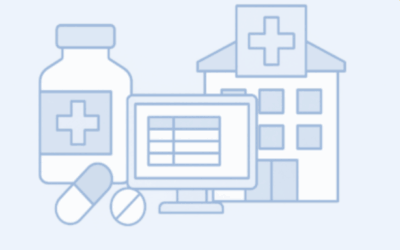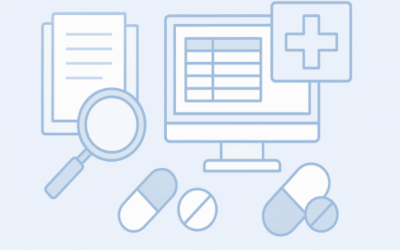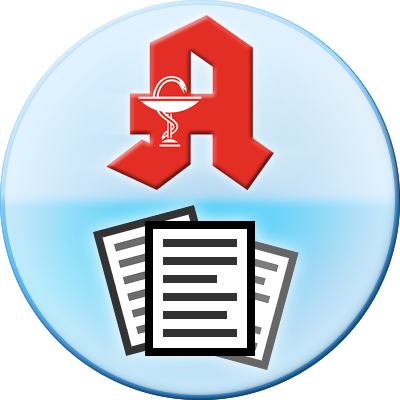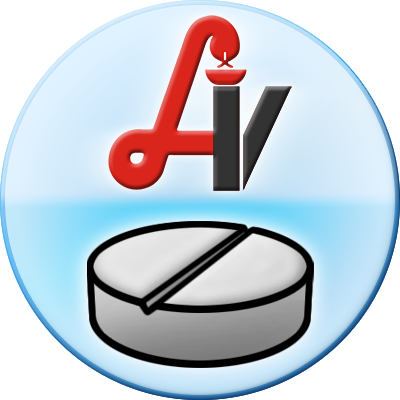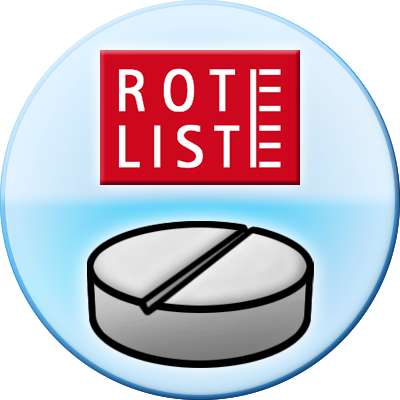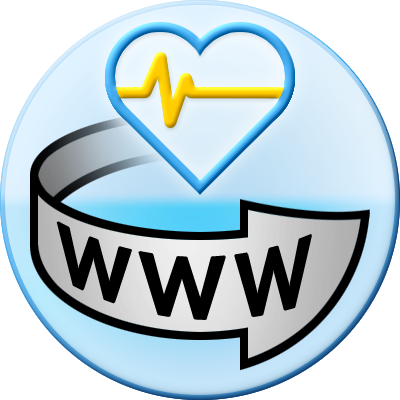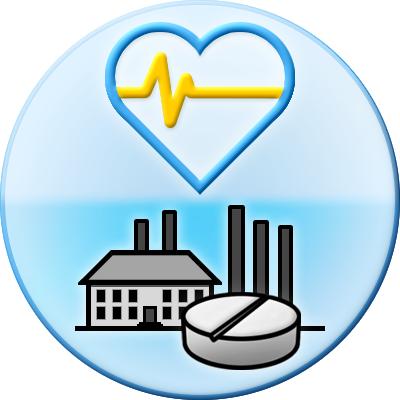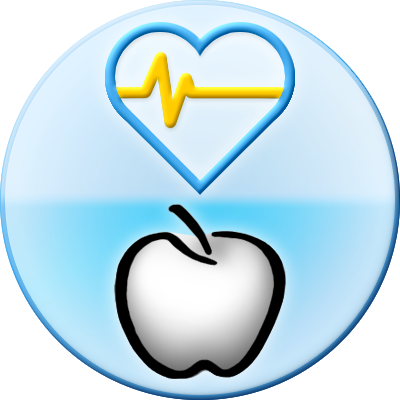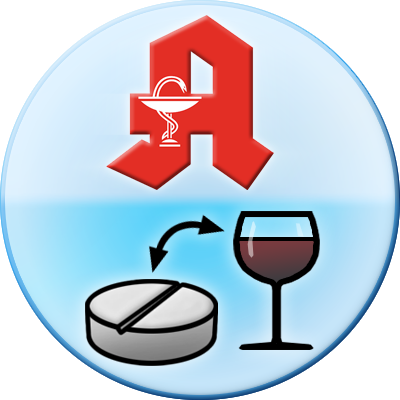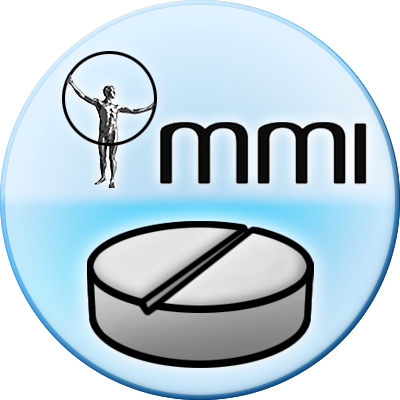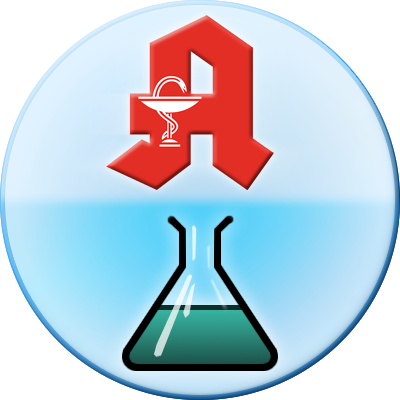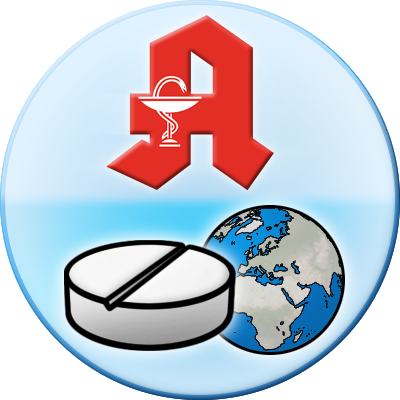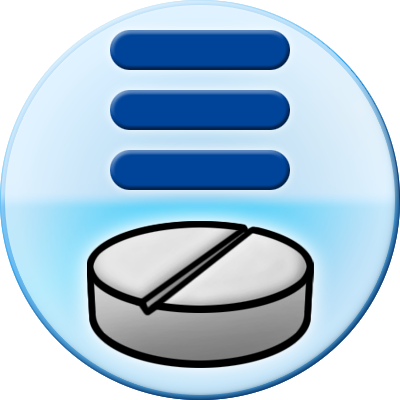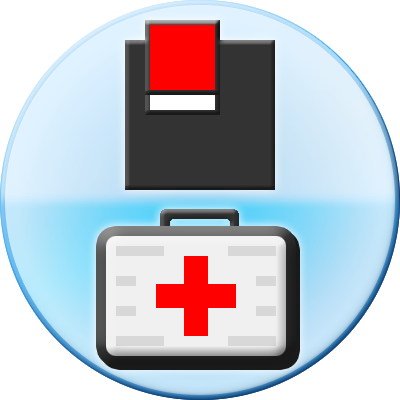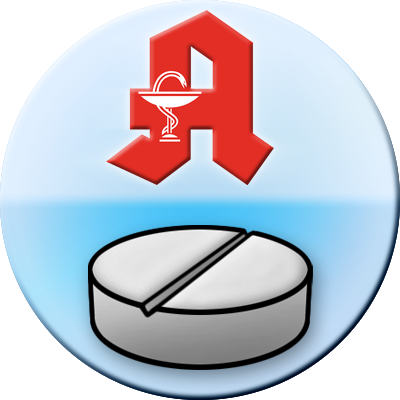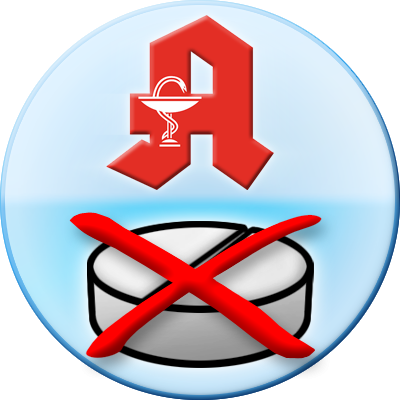Germany has been grappling with increasing medicine shortages in recent years. Ensuring a reliable drug shortage database in Germany is crucial for healthcare stakeholders to maintain patient care and plan effectively. Official figures show that medicine supply issues have surged – 1,426 shortage reports were logged in 2023, nearly 50% more than the previous year. Such pharmaceutical shortages have unfortunately become part of everyday life in Germany, affecting an estimated 3 million patients each month. This article examines the current drug shortage tracking resources, their limitations, and how pharmazie.com offers a comprehensive pharmaceutical supply database for Germany. We will explore how pharmazie.com’s integrated platform – a Germany drug shortage tracker and medicine availability solution – provides up-to-date data, alternative therapies, and decision support to pharmacists, pharmaceutical companies, wholesalers, insurers, and regulators alike.
The Growing Challenge of Pharmaceutical Shortages in Germany
Medication shortages (“Lieferengpässe”) have become alarmingly common in Germany. Pharmacists report spending 20–30 hours per week managing shortages – finding alternative drugs or suppliers for patients. Critical medicines such as antibiotics, pediatric fever syrups, and even cancer drugs have been affected. In 2020, around 800 medicines were listed as in short supply in Germany; by 2023 this number had risen to roughly 1,400. According to the Federal Union of German Associations of Pharmacists (ABDA), “supply shortages have unfortunately been part of everyday life in Germany for several years”.
The causes are multifaceted. A highly globalized supply chain means that for some drug ingredients only a few manufacturers worldwide exist. Any disruption – a factory quality problem, a spike in demand, or even a shortage of packaging materials – can trigger a domino effect that leaves pharmacies empty-handed. Economic factors also play a role: regulated low prices for generic drugs make manufacturers reluctant to expand production, especially with rising costs (energy, raw materials). Industry experts note that Europe’s health systems have become over-reliant on imports of pharmaceuticals from a few low-cost countries. All these issues have been exacerbated by events like the COVID-19 pandemic and seasonal waves of infections, leading to recurring shortages each winter.
Faced with this growing problem, stakeholders need timely and accurate information on which medicines are in short supply. Access to a pharmaceutical shortages database is essential so that healthcare providers can quickly respond – for example, by sourcing alternative treatments or adjusting therapy. In Germany, a central medicine shortage register is maintained by the Federal Institute for Drugs and Medical Devices (BfArM), but as we will see, it has important limitations that leave information gaps. This is where pharmazie.com’s solution comes in, aiming to fill those gaps with a more comprehensive and user-friendly medicine availability platform.
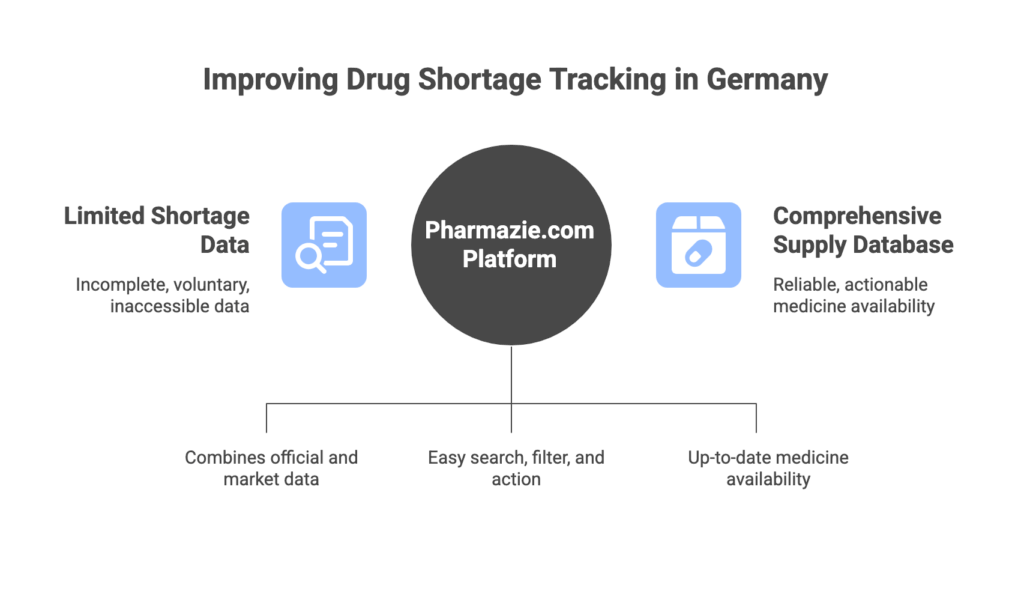
Germany’s Official Drug Shortage Database: Resources and Gaps
German authorities have taken steps to monitor shortages. Since 2018, the government (via BfArM) has operated a national drug shortage database as part of a voluntary reporting arrangement. Pharmaceutical companies are expected to notify BfArM when certain “supply-relevant” medicines are not available. The BfArM shortage register (accessible through the PharmNet.Bund portal) lists current supply shortages of human medicines in Germany. It focuses on prescription drugs and critical therapies – for example, it excludes vaccines (which are tracked separately by the Paul Ehrlich Institute). Manufacturers committed to report shortages for medicines deemed critical to care, or for prescription drugs with a market share above 25%, among other criteria.
However, this official system has notable gaps. Reporting is based on a self-commitment rather than a strict legal mandate (until recent legislative changes), and it covers only certain categories of drugs. BfArM itself acknowledges that the shortage list relies on voluntary reports, so “the true extent of shortages is likely far greater” than what is officially documented. In practice, if a medication can be substituted by another manufacturer’s product, it may not always be reported as a “Lieferengpass” by the original company. This means many shortages (especially of multi-source or less prominent drugs) may go unlisted on the public register. For example, a generic drug with several alternative suppliers might not trigger an official report even if one manufacturer cannot supply it.
Another challenge is accessibility and usability of the official data. The PharmNet.Bund database is available only in German and primarily presents raw lists of reports, often requiring manual filtering. It provides details like the drug name, the reason for shortage, and expected duration, but it does not actively suggest therapeutic alternatives. Healthcare professionals looking for a quick solution – e.g. another equivalent medicine or an import option – need to do additional research beyond the official list. As a result, pharmacists and hospital clinicians often find themselves scrambling: contacting multiple wholesalers, consulting reference books, or calling colleagues to find substitute products.
In summary, while Germany’s official drug shortage tracker is an important resource, it covers at best ~85% of actual supply issues due to its scope and voluntary nature. The data is updated regularly but may not capture every local shortage or provide the actionable guidance that busy professionals need. This misalignment between what’s officially reported and what’s happening on the ground has spurred demand for more comprehensive and user-friendly tools.
The Need for a Comprehensive Pharmaceutical Supply Database
Given the limitations above, it’s clear why a more complete and convenient pharmaceutical supply database for Germany is needed. Healthcare providers require a one-stop source to not only see which products are in short supply, but also to find which equivalent medicines are still available. Such a database should aggregate all relevant information – from official shortage notifications to market availability of therapeutically similar drugs – and present it in a way that is easy to search, filter, and act upon.
For instance, consider a hospital pharmacy facing a shortage of a critical injectable medication. The pharmacist needs to know: Is the shortage confirmed nationally? How long is it expected to last? Is there an alternative product (perhaps a different brand or generic) available in Germany that can be used instead? If not, is the same drug or compound available in another EU country that could be imported under emergency provisions? And what are the regulatory or clinical considerations in making that substitution? Getting these answers quickly can make the difference in ensuring continuous patient treatment.
Pharmaceutical companies and wholesalers likewise need a Germany drug shortage tracker that offers market-wide visibility. A manufacturer’s regulatory affairs or market access team might monitor shortages to anticipate demand shifts – if a competitor’s product is listed as in short supply, there may be an opportunity to increase production of a similar drug, or to coordinate with authorities on mitigation. Wholesalers and distributors need to know which products are scarce so they can adjust inventory and advise their pharmacy clients proactively. Even health insurers and government agencies benefit from comprehensive shortage data to make policy or reimbursement decisions (for example, approving the use of higher-cost imported medicine when no domestic supply exists).
All these stakeholders share a common need: reliable, up-to-date, and actionable data on medicine availability. This is precisely the need that pharmazie.com’s platform was designed to meet. Pharmazie.com offers an integrated solution – essentially a medicine availability platform for Germany – that builds on official data and extends it with powerful search tools, alternative medicine databases, and real-time updates. In the next sections, we will explore pharmazie.com’s features and how they add value beyond the basic shortage lists, making it a go-to drug shortage database for Germany and even beyond.
Pharmazie.com – An Integrated Medicine Availability Platform
Pharmazie.com is a long-established provider of pharmaceutical data in Germany, with over 30 years of experience connecting drug information with healthcare experts. Its platform includes more than 25 interconnected databases covering drug prices, product information, international medicines, and more. One of its most timely offerings is the “Lieferengpässe Deutschland” module – the Drug Shortages Germany database – which serves as a comprehensive drug shortage tracker and database for the German market. This module aggregates daily-updated information on supply shortages from trusted sources (like BfArM) and enhances it with additional context, such as availability of alternative products and European market data.
Unlike a static government list, pharmazie.com’s solution is built for interactive search and analysis. Users can quickly query the database by product name, active ingredient, or even route of administration to find if a medicine is affected by a shortage. The platform is updated daily – far more frequently than many traditional sources – ensuring that you have the latest status on any given drug. Thanks to direct data integration from official registers and industry feeds, pharmazie.com reflects new shortage reports or resolution updates as soon as they are available. This timeliness allows pharmacists, for example, to know each morning which new products have become scarce or which previously scarce items are back in stock.
Crucially, pharmazie.com goes beyond the raw data to provide a user-friendly interface and decision support tools. As soon as you search for a medicine, any product that is currently in shortage is clearly marked (for instance, with a red dot indicator in the results list) along with details about the shortage duration or expected resupply date. This visual cue lets you recognize at a glance which entries are problematic.
Screenshot: Pharmazie.com flags drugs in shortage (red dot) in its database interface, as shown above for an Aspirin IV product. This helps users immediately identify affected medicines. The platform then lets you drill down into each case for more information. For example, you can view the manufacturer’s reported reason for the shortage and the timeframe (e.g. “expected until end of Q3 2025”). Having this information readily available in one place saves precious time compared to checking multiple sources or contacting manufacturers directly.
Another powerful aspect of pharmazie.com’s medicine availability module is its integration with alternative medicine data. The system actively helps answer the critical question: “What can we use instead?” For any drug in shortage, pharmazie.com can suggest therapeutically equivalent options:
- Equivalent products in Germany: Through its connection with the national drug database (ABDA Artikelstamm), the platform can list other drugs with the same active ingredient and strength that are on the market. Often, a shortage might be limited to a specific brand or dosage form. Pharmazie.com’s tool will show if, say, a different manufacturer’s version of the same generic is still available, or if a different form (e.g. tablets vs. capsules) could be substituted in consultation with the prescriber. It provides a complete list of affected and available medicines – far more exhaustive than the ~85% coverage typical of other sources. This means you won’t miss a potential alternative that could solve your supply problem.
- Alternate dosage or pack size filtering: The platform includes convenient filters (such as a slider tool) to narrow down alternatives by pack size, strength, or route of administration. This is important because not every alternative is a one-to-one replacement – a pharmacy might need to use a different pack size or a different concentration. With pharmazie.com, you can quickly refine the search to find an alternative that matches your needs as closely as possible (for example, only showing products with the same injection route for an IV drug shortage).
- European medicine search: If no equivalent product is available domestically, pharmazie.com seamlessly extends the search EU-wide. The platform is linked to an EU medicines database, allowing users to find authorized drugs in other European countries that contain the same active ingredient (and ideally in the same formulation). For instance, if a German hospital urgently needs a certain injectable medication that’s unavailable in Germany, a pharmacy could search pharmazie.com’s EU database by the drug’s INN (International Nonproprietary Name) and route. Often an alternative will appear – perhaps under a different trade name in another country.
Pharmazie.com’s EU database helps find equivalent products in other countries. For example, an intravenous aspirin (acetylsalicylic acid) is unavailable in Germany but the search above shows an authorized equivalent in the Czech Republic. Such information empowers pharmacies to arrange parallel imports or emergency procurements. In Germany, procedures exist (e.g. §73(3) AMG) to import medicines for patient care if no domestic option exists. Pharmazie.com integrates this into its workflow – as one user, Dr. Marcel Rossmy (Head of Pharma Supply Chain at Critarion AG), noted: “We use the [pharmazie.com] database of German and international pharmaceuticals to offer our customers, in particular pharmacies and hospitals, international procurement options for locally unavailable pharmaceuticals… Thank you for your fast and excellent service!”. This testimonial highlights how the platform’s breadth of data speeds up finding solutions across borders.
Key Features of Pharmazie.com’s Drug Shortage Tracker
Pharmazie.com’s drug shortage database for Germany is distinguished by several key features that address the needs of healthcare professionals:
- Comprehensive Coverage: The database compiles all reported shortages from official sources and adds extensive market data, achieving near 100% coverage of affected medicines (versus the partial coverage of some public lists). It includes prescription drugs, critical hospital medicines, and even essential pediatric formulations, ensuring nothing slips through the cracks. By consolidating data from BfArM, manufacturers, importers, and its own drug knowledge base, pharmazie.com gives a single source of truth for medicine availability in Germany.
- Daily Updates & Reliable Data: Data is refreshed daily (including weekends as needed), so you are always working with the latest information. The sources are authoritative – e.g. official BfArM notifications, industry communications – which the platform cross-verifies and enriches. You can even subscribe to an RSS feed for live updates or sign up for a tailored email newsletter that highlights new or resolved shortages, particularly focusing on those without any available replacement. This means important changes (like a new shortage of a widely used drug, or the resolution of a months-long supply issue) will land in your inbox or RSS reader automatically, keeping you alerted in real time.
- Powerful Search and Filters: Pharmazie.com offers advanced search functionality (including their proprietary Eisbergsuche® or “iceberg search”) that can simultaneously query across multiple databases. For shortages, this means you can search by drug name, active ingredient, ATC code, or even partial keywords and quickly find the relevant entries. Filters allow drilling down by formulation (tablet, injection, etc.), manufacturer, or other criteria. This level of search precision saves time – users can get to the specific information they need in seconds, without sifting through irrelevant data.
- Immediate Alternative Suggestions: When a drug is identified as in shortage, the interface doesn’t stop at showing the problem – it proactively helps solve it. It provides links or tabs for “Aut idem”/“Aut simile” searches (i.e. find similar drugs with the same ingredient or same therapeutic effect). As described earlier, the system can show all equivalent generics and available substitute products at a glance. It even indicates the availability status of those alternatives – for example, pharmazie.com can tie into the drug tariff database to show if an alternative is currently deliverable (using the pznVerfügbar flag in the pharmacy drug tariff). This helps answer the critical question: “Are the alternative products actually in stock or are they also affected?” Pharmacists can therefore avoid chasing an alternative that turns out to be unavailable and focus on one that is obtainable.
- Expected Resolution Dates: For each reported shortage, pharmazie.com displays any available information on how long it will last. Manufacturers often provide an estimated resupply date when they report a shortage to authorities. Having this in the database is extremely useful for planning – if a drug is due back next week, a pharmacist might decide to ration existing stock or borrow from another pharmacy, whereas if it’s gone for six months, a more permanent therapeutic switch might be necessary. Pharmazie.com ensures these predictions on re-availability (when provided) are visible to the user, alongside the date of last update.
- Personalized Watchlists and Alerts: Users of pharmazie.com can upload their own list of important products (e.g. a hospital formulary or a pharmacy’s stock list by PZN code). The system will then filter the shortage data to your personalized list, so you immediately see which of your specific products are in shortage. This feature is incredibly valuable for hospital pharmacists or procurement managers who are responsible for a defined set of medicines – it cuts out the noise and shows directly “here’s what you need to worry about today.” You can set alerts so that if any product on your watchlist gets a new shortage report, you receive a notification. This targeted monitoring helps professionals react faster and avoid surprises.
- Data Export and Integration: Pharmazie.com recognizes that larger organizations may want to analyze shortage data or integrate it into their internal systems. The platform allows users to export the data (for example, generating an Excel spreadsheet or CSV file of all current relevant shortages). This exported data can then be used for custom reports, dashboards, or to share with colleagues in supply chain meetings. Moreover, pharmazie.com offers API access and web services for enterprise integration. According to the provider, you can seamlessly integrate pharmazie.com data and functions into your existing IT systems – for instance, pulling shortage alerts into your hospital’s inventory software, or invoking pharmazie.com’s price comparison and drug safety checks within your own application. This level of integration ensures that the data is not siloed in a single interface but can augment your organization’s workflows directly. It’s a truly custom integration capability, enabling machine-to-machine communication for those who need it. (For example, a health insurer might integrate the database to automatically flag when a reimbursed drug was substituted due to a shortage, informing their pharmacovigilance or cost analyses.)
- Decision Support & Analytics: By combining shortage information with its extensive drug databases, pharmazie.com provides a form of decision support. Users can perform competitor analysis – e.g., if one company’s product is in short supply, are other competitors’ versions available or are they facing issues too? This can be gleaned from the platform by checking the status of all products in a category. The integrated data also lets users see pricing information of alternatives (via links to drug pricing databases) and any relevant clinical information (like if a suggested alternative has a different indication or requires dose adjustment). Pharmazie.com essentially brings multiple datasets into one view, which aids in making informed decisions quickly. The platform’s analytical tools can help identify trends as well – for instance, by observing that certain therapeutic classes (like antibiotics) have repeated shortages, stakeholders can proactively strategize (this might be more for policy makers or supply chain analysts).
In summary, pharmazie.com’s drug shortage tracker and database is more than just a list – it’s a full-fledged medicine availability solution. It transforms a daunting logistical challenge into a manageable process by equipping users with all the information and tools they need in one place.
Benefits for Healthcare Stakeholders
A robust drug shortage database like pharmazie.com’s provides significant benefits across the healthcare sector in Germany:
- Pharmacies (Community and Hospital): Pharmacists can maintain patient care continuity despite shortages. Pharmazie.com helps them quickly identify alternate medicines when a prescription cannot be filled as originally written. Instead of calling multiple wholesalers or spending hours on manual searches, they can find an available substitute in minutes, complete with information to counsel the physician or patient if a change in therapy is needed. The result is less time spent on crisis management and more on patient-focused services. As one pharmacist put it, “We must not get used to improvising” in shortages – pharmazie.com provides a systematic solution so that pharmacies can operate with confidence even in shortage situations.
- Pharmaceutical Companies (Industry): For pharma industry professionals in regulatory affairs, market access, or supply chain, having a clear view of the pharmaceutical shortages in Germany is vital. Pharmazie.com’s database enables companies to monitor the market: if a competitor’s drug is listed with a long-term supply issue, the company can potentially step in to fill the gap (for example, by increasing production of their equivalent product or expediting a pending drug approval). It also alerts them to compliance needs – e.g., if their own product is approaching a shortage, they can see if it appears in the database (via their reports) and ensure they communicate transparently with authorities and customers. In essence, it acts as an early warning and planning tool, and can even support pharmacovigilance and risk management by highlighting supply risks for critical medicines.
- Pharmaceutical Wholesalers & Distributors: Wholesalers act as the middlemen in medicine supply, and they need to know where shortages exist to adjust their purchasing and distribution. With pharmazie.com, wholesalers get daily updates on which products are in short supply and can proactively source alternatives or inform pharmacies about equivalent products in stock. This improves service levels to pharmacies and hospitals and helps wholesalers avoid having excessive inventory of drugs that aren’t moving (if a shortage ends) or conversely, ensures they stock up when an alternative is needed. The integrated data can also assist in logistics planning – for example, prioritizing the distribution of scarce medicines to areas of highest need.
- Health Insurers and Payers: Payers are interested in shortages because they can impact costs and therapy outcomes. For instance, if a cheap generic is unavailable, pharmacists might dispense a higher-priced alternative or an imported drug, which insurers may need to reimburse. A pharmaceutical supply database like pharmazie.com allows insurers to track these dynamics. They can prepare guidelines or waivers in advance (such as not penalizing pharmacies for using a more expensive substitute when a shortage is confirmed – in German system, avoiding “Retaxation” issues). Insurers and public health officials can also analyze the data to identify if certain shortages lead to increased healthcare costs or if any preventative measures (like stockpiling critical meds) should be advocated. Moreover, transparency in shortages helps maintain trust – when payers know a claim for an unusual medication is due to a genuine shortage of the standard drug (as evidenced by the database), they can process it more smoothly.
- Hospitals and Clinicians: Hospital pharmacists and physicians benefit from the database by ensuring continuity of care. In a hospital setting, a drug shortage can mean a protocol needs to change (for example, selecting an alternative antibiotic on the hospital formulary). Pharmazie.com’s up-to-date shortage tracker, combined with its clinical data, helps hospital committees make informed therapeutic substitution decisions backed by real-time data on availability. Clinicians can be alerted that a certain drug is in short supply nationwide, prompting them to consider second-line treatments proactively. This can prevent last-minute scrambles and potential treatment delays for patients. For critical care drugs (like oncology medications or emergency antidotes), knowing the shortage status early can literally be life-saving – it gives time to source the drug from elsewhere or adjust treatment plans.
- Regulators and Public Health Authorities: Even regulators and policymakers find value in an aggregated data tool like pharmazie.com. It can complement official monitoring by providing a more granular and real-world picture of supply issues. For example, if pharmazie.com data (which may include user feedback or broader market scans) indicates widespread unavailability of a drug not reported officially, authorities can investigate and potentially add it to the critical list. Conversely, as new laws like the 2023 ALBVVG (the Medicine Supply Shortage Combat and Supply Improvement Act) are implemented, regulators can use such databases to measure their impact – are shortages decreasing? Which categories remain problematic? The data-driven insights can shape future policy, such as incentivizing domestic production for drugs that repeatedly show up as scarce.
In essence, pharmazie.com’s platform acts as a central nervous system for medicine supply intelligence. By serving the needs of various stakeholders, it helps the entire health system respond more coherently to the ongoing challenge of drug shortages.
Why Choose pharmazie.com for Drug Shortage Data?
Given the options available, why is pharmazie.com positioned as a leading solution for managing drug shortage information in Germany? The answer lies in its combination of breadth, depth, and user-centric design. Pharmazie.com brings together an unparalleled breadth of data – from German drug pricing and approval data to European medicine registries – under one roof. This integrated approach means you’re not just seeing a German shortage in isolation; you’re seeing the full landscape of possible alternatives and relevant context (prices, suppliers, etc.) for that shortage. It’s truly a one-stop solution for pharmaceutical supply data.
The depth of information is equally impressive. Pharmazie.com has been curating drug information since 1989, partnering with sources like ABDA (the official drug database), international drug databases, and more. The result is a highly reliable knowledge base. When you use pharmazie.com, you can trust that the data is accurate and up to date – a critical factor when making patient-care decisions. The platform’s track record and client testimonials speak to its trustworthiness. Many healthcare organizations have come to depend on it daily as an indispensable tool.
Furthermore, pharmazie.com is designed with the end-user in mind. The interface and features have been developed in collaboration with customers, meaning they address real-world workflow needs. The search is fast, the layout is intuitive, and support is available (including training and webinars) to help new users get the most out of the system. In an environment where every minute counts, speed and ease of use can’t be overstated – pharmazie.com excels in both, allowing you to find answers in a few clicks that might otherwise take hours of research.
Another advantage is the customizability of pharmazie.com. Not every user needs the exact same data or view, so the platform offers flexible modules and add-ons. For example, some may choose the core shortages module with an add-on like PharMonitor (which provides biweekly price change updates and early warnings on price adjustments), creating a tailored solution. The licensing packages are designed so you only pay for what you need, and there are options from basic access to premium bundles including all features. This scalability makes pharmazie.com suitable for both small pharmacies and large pharmaceutical companies alike.
Finally, there is a strong element of support and partnership. Pharmazie.com is not just a software vendor; it’s a partner that actively engages with the pharmaceutical community. The platform’s continuous improvement is driven by user feedback and the evolving landscape (for instance, adapting to new regulatory requirements or adding data for new therapeutic areas as needed). Subscribers also get access to tutorials, knowledge articles, and responsive customer service to resolve any queries. This means adopting pharmazie.com is a smooth process, and you’ll be supported every step of the way.
In choosing pharmazie.com, healthcare professionals are effectively investing in peace of mind. You gain a cutting-edge drug shortage database for Germany that is always at your fingertips – accessible anywhere, updated in real-time, and comprehensive – so that you can focus on your primary mission of patient care and pharmaceutical service, rather than on data hunting and crisis management.
Conclusion: Ensuring Medicine Availability with the Right Data
Medicine shortages will likely remain a challenge in the coming years, but they don’t have to jeopardize patient care or business operations. With the right tools, stakeholders can stay ahead of the curve. A robust drug shortage database for Germany – especially one as integrated and powerful as pharmazie.com’s platform – turns what could be chaos into a manageable, data-driven process. By centralizing information on shortages and solutions, pharmazie.com enables pharmacies, providers, and companies to make informed decisions quickly, maintain continuity of therapy, and even derive strategic insights to prevent or mitigate future supply problems.
In a healthcare environment where information is as crucial as the medications themselves, having a resource like pharmazie.com means you are always informed, always prepared, and always a step ahead. It exemplifies the value of combining technology with pharmaceutical expertise to solve real-world problems. The benefits are clear: improved patient outcomes (no one goes without treatment due to lack of meds), optimized operations for pharmacies and industry, and a more resilient supply system overall.
Pharmazie.com offers not just data, but a complete solution for navigating pharmaceutical shortages in Germany and beyond. It stands out as a formal, factual, and trustworthy partner in an often unpredictable landscape. If you are a healthcare professional responsible for medication supply or therapy decisions, leveraging such a platform can save you time, reduce uncertainty, and enhance your capability to serve patients effectively.
Ready to transform the way you handle drug shortages? Experience pharmazie.com for yourself and see how our integrated medicine availability platform can support your needs. You can easily book a demo to get a guided tour of the system tailored to your use case. Discover how pharmazie.com’s comprehensive data, speed, and reliability can bolster your daily workflow – and join the growing community of healthcare professionals in Germany who refuse to be caught off guard by drug shortages.

